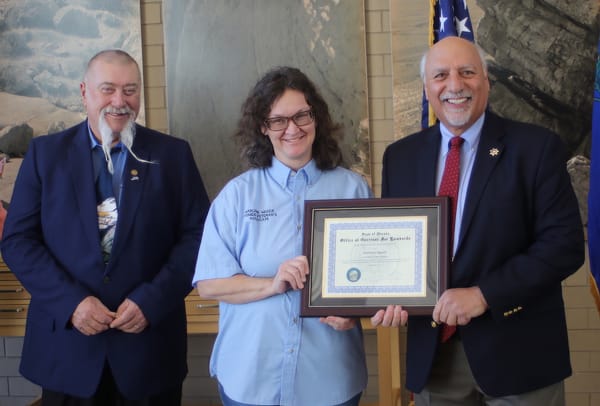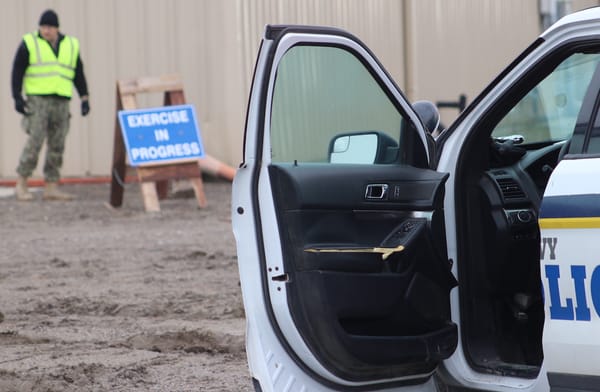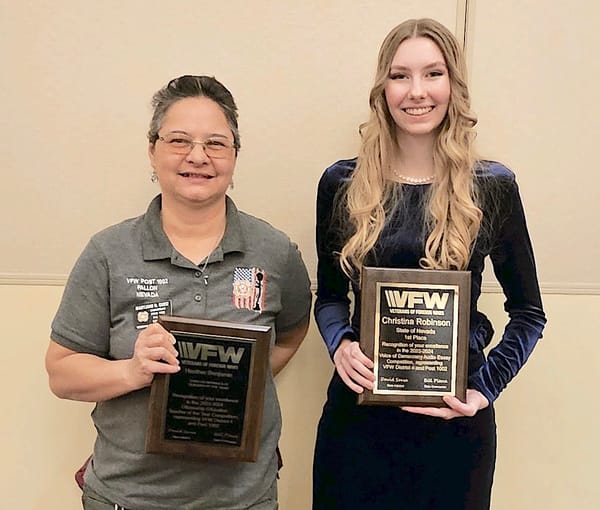State Infrastructure Bank plans to fund what legislators wouldn’t: Charter school buildings

by Michael Lyle, Nevada Current
January 7, 2022
CARSON CITY–The Nevada State Infrastructure Bank Board on Wednesday proposed a spending plan for its $75 million seeded by lawmakers, and among the ideas is the creation of a fund to help charter schools build their facilities.
The proposal would set aside $40 million to allow matching funds for federal infrastructure grants, $20 million for an Affordable Housing Investment Trust and $15 million for charter school capital projects.
During the Infrastructure Bank’s board meeting, Erik Jimenez, the chief policy deputy with the Nevada State Treasurer’s office, said a “Charter School Capital Needs Fund” would “ensure more dollars would stay in the classroom and not go to for-profit entities.”
In an interview following the meeting, Jimenez said the proposal to set aside money came from legislative conversations as well as talking with the State Public Charter School Authority and organizations in low-income communities.
“One of the biggest barriers we were seeing with these schools was they were hiring for-profit education management organizations and for-profit developers to finance projects because they couldn’t get access to that capital funding,” he added.
In order to be eligible to receive funds, the project must construct new or improve existing charter schools, be authorized by the SPCSA or local school district and serve low-income and at-risk students.
“There needs to be some guardrails around some construction of the buildings themselves for things like wages and project labor agreements,” Jimenez added.
Facility funding for charter schools has long been a lobbying point of the charter school industry. Charter schools are publicly funded in that they receive the same per-pupil dollars allocated by the Legislature as traditional public schools, but they are not currently eligible for dedicated funding to support their physical facilities, which are generated at the county level through property taxes and provided to traditional school districts.’ School districts typically use public bonds to fund new buildings.
During the 2021 session, Republican state Sen. Carrie Buck, who is also a charter school executive, introduced a bill that would have created a $10 million fund to support facilities funding. That bill was never granted a hearing by the Democratic leaders. Democrats in the state Legislature have failed to embrace proposed outright moratoriums or caps on charter school growth, but they have expressed reservations about existing inequities in student populations. Charter schools collectively serve whiter and more affluent communities.
Many charter schools operate out of retrofitted former storefronts or space inside other schools or organizations’ buildings that they rent.
Others charter schools have found means to get new school facilities built. As its name implies, the Turner-Agassi Charter School Facilities Fund exists specifically to help charter schools secure their own facilities.
Such private investment funds enjoy lucrative federal tax benefits that make them attractive to investors, and have long been a facility funding model for charter schools. The charter school pays the investment fund for a facility with school revenue, that is, public money provided to the schools by the state.
The members of the board – Treasurer Zach Conine, David Bobzien, Michael Brown, Terry Reynolds, and Kristina Sallow – offered no feedback on the charter school proposal during the meeting.
Jimenez told the Current the bank is “not married to that” proposal and open to setting aside the money on other priorities.
“That’s why we opened up public feedback because we really think the community should be involved in making sure we allocate this first bunch of money appropriately,” he said.
The board approved a 30-day public comment period to solicit feedback on potential allocations.
Chris Daly with Nevada State Education Association, which has routinely called for a moratorium on new charter schools, said the organization plans to submit formal feedback to the Infrastructure Bank Board and raise concerns over the item.
He said he worried the bank’s proposal would pave the way for more charter schools, which he said cherry picks students while leaving at-risk students from low income neighborhoods in underfunded public schools.
“We should focus on investing in public schools,” he said.
’Social infrastructure’
While an infrastructure bank was created in the 2017 legislative session, it wasn’t until 2021 that lawmakers allocated $75 million to the bank in order to enable it to eventually provide loans and state assistance to statewide projects.
Senate Bill 430 enacted last year also changed the definition of infrastructure to include “social infrastructure,” meaning proposals could include projects and programs addressing affordable housing and homelessness, food insecurity, public education and health care.
“The social infrastructure definition to me was really important when we were working on the bill with the governor in making sure that we had the ability to do these types of projects if capital showed up,” Jimenez said in an interview.
He pointed to Federally Qualified Health Centers, which provide primary care for underserved populations, as an example saying, “one of the biggest barriers to those operations is expanding access to financing or capital costs.”
The bank held its first meeting in August and is still in the process of selecting an executive director.
Wednesday’s meeting, which was the bank’s second, also featured a presentation from the AFL-CIO Housing Investment Trust, which builds affordable and low-income housing projects constructed through union labor. The organization has developed 562 projects nationwide since the 1980s.
The presentation, which saw no action from the board, called for a $20 million investment into an affordable housing development. It didn’t specify how many units could be created with that investment.
Though the state has been signaling it would make major investments in affordable housing, Jimenez said “We had never intended to come out of the gate with affordable housing, but thankfully our local labor unions got us in contact with AFL-CIO Housing Investment Trust.”
During public comment, Christine Hess, the executive director of the Nevada Housing Coalition, which has been urging the state to use $500 million from American Rescue Plan funds to create and preserve affordable housing, said she supported the $20 million allocation.
“As we all know, we actually have some of the country’s most severe shortages of affordable housing so this opportunity is welcomed,” Hess said. “The affordable housing solutions are complex and the opportunities to solve them are many. This is one important one.”
The Infrastructure Investment and Jobs Act, which was signed into law in November, allocates around $4 billion to Nevada to repair and invest in roads, bridges, highways, water infrastructure and broadband.
Jimenez said it also opens up the door to more federal grants, but the state won’t be eligible for those grants without providing matching funds.
“It’s only $40 million but we’re trying to structure it in a way that we’re able to apply for that money and repay it back with very little interest very, very quickly so it can be used for another federal grant program as well,” he said.
During the meeting, the bank also authorized a 30-day public comment period on the financing application processing the bank will use when selecting projects and approving borrows.
Jimenez also added that the $75 million is just the start for the bank.
“I think you’ll see us in the next budget cycle try to push more money into that bank,” he said. “And then also with the bipartisan infrastructure bill, I think you’ll see more money go into the bank to fund a variety of projects.”
April Corbin Girnus contributed to this story
Nevada Current is part of States Newsroom, a network of news bureaus supported by grants and a coalition of donors as a 501c(3) public charity. Nevada Current maintains editorial independence. Contact Editor Hugh Jackson for questions: info@nevadacurrent.com. Follow Nevada Current on Facebook and Twitter.





